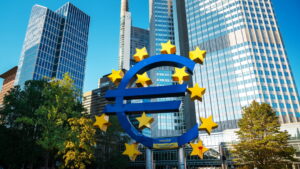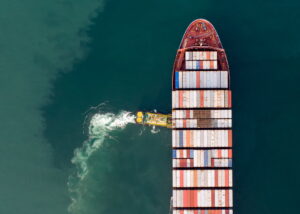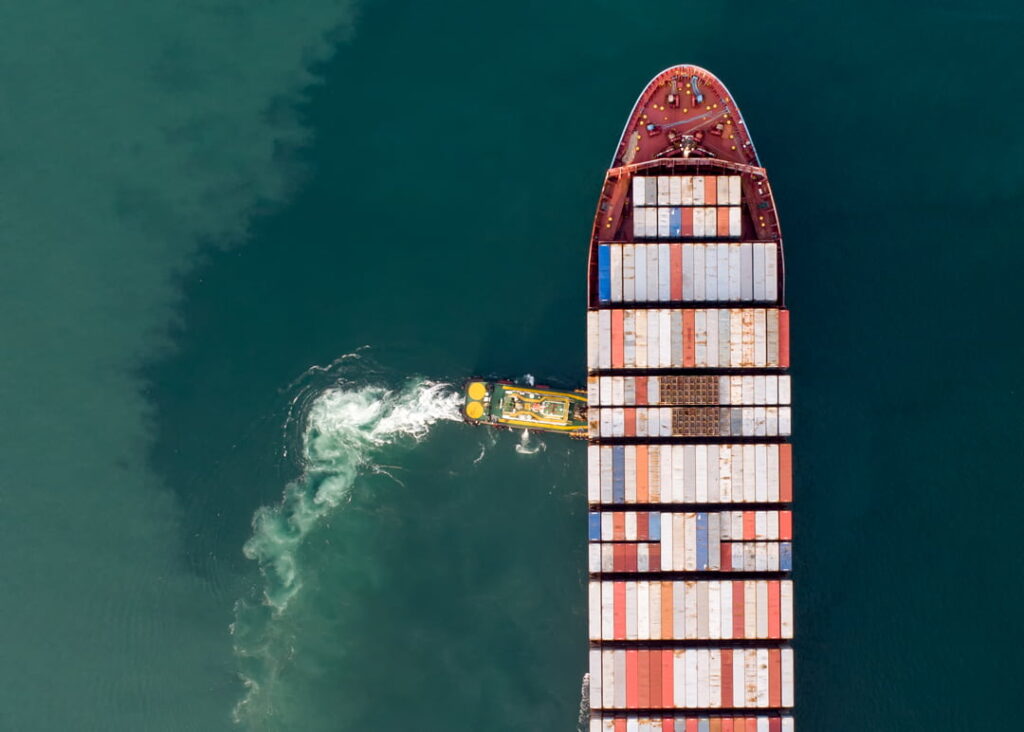What Are EU Tariffs and Why Are They Important in 2025?
EU tariffs in 2025 are set to undergo major changes that will impact how businesses trade with countries outside the bloc. While traditionally used to protect domestic industries, ensure fair competition, and generate public revenue, these tariffs are now evolving into tools that also advance the EU’s climate, technological, and strategic goals. In a global landscape shaped by trade tensions, shifting supply chains, and environmental priorities, understanding these changes is essential for any company importing into or exporting from the EU.
Major Changes to EU Tariffs in 2025
The European Commission has announced several updates for 2025 that could significantly affect your operations. These are the most relevant developments:
Carbon Border Adjustment Mechanism (CBAM)
Launched in 2023, the CBAM enters full implementation in 2025. It targets imports of carbon-intensive goods such as:
-
Cement
-
Steel and aluminum
-
Fertilizers
-
Hydrogen
-
Electricity
Importers will need to pay a carbon price equivalent to the EU’s internal Emissions Trading System (ETS), unless the exporting country has similar regulations. This will raise import costs from countries with weak climate policies.

Review of Preferential Trade Agreements
Several preferential trade arrangements (e.g., the GSP or GSP+ for developing countries) are being revised to include stricter requirements on sustainability, labor rights, and traceability.
As a result, some products could lose their tariff preferences if exporting countries fail to meet the new standards.
Strategic Tariffs by Sector
The EU is also considering new strategic tariffs to protect key sectors:
-
Electric vehicles and batteries, especially from China
-
Solar panels and green tech, to prevent dumping
-
Electronics and semiconductors, due to critical dependency risks
While not all of these measures are confirmed, they could be implemented in late 2025 under the EU’s Open Strategic Autonomy framework.

EU tariffs in 2025: Who Will Be Most Affected?
These changes will particularly affect businesses that:
-
Import raw materials or intermediate goods from outside the EU
-
Rely on suppliers in non-preferential trade countries
-
Distribute tech products or carbon-intensive goods
-
Export to non-EU countries, which may impose retaliatory tariffs
Examples:
-
A Spanish company importing aluminum from Turkey may need to monitor its supplier’s emissions, as CBAM fees could apply.
-
A fertilizer importer sourcing from Morocco could see a cost increase if Morocco doesn’t align with EU climate regulations.
How Can Companies Prepare?
To maintain profitability and competitiveness, companies must be proactive. Here are some key steps:
✅ Audit Your Supply Chain
Assess what you import, from where, and whether the goods fall under the new tariff categories. Calculate your exposure to CBAM and strategic tariffs.
✅ Review Trade Agreements
Check whether your suppliers benefit from EU trade preferences and whether these may be revoked due to non-compliance with ESG clauses.
✅ Diversify Origins
Avoid dependence on a single country. Geographic diversification reduces exposure to political risk and tariff volatility.
✅ Consider Nearshoring or EU-Based Production
In some cases, relocating production closer to the EU may be more cost-effective than importing goods subject to higher duties or carbon fees.
✅ Use Special Customs Regimes
Explore tools like inward processing, transit procedures, or customs warehousing to reduce or defer tariff payments.

Real-World Cases: How Companies Are Adapting
-
Textile company in Portugal: After changes to the GSP, it stopped importing cotton from Bangladesh (which lost preferences) and shifted to Egyptian suppliers, who still benefit from preferential access.
-
French steel importer: Partnered with a consulting firm to assess its Indian supplier’s carbon emissions and budget for CBAM costs.
-
German battery startup: Sourcing recycled cobalt from EU-based suppliers to avoid future tariffs on critical raw materials.
Conclusion: EU tariffs in 2025 Marks a Turning Point
EU tariffs in 2025 are no longer just about protecting internal markets. They now support broader priorities: environmental sustainability, economic sovereignty, and industrial resilience.
For businesses, this shift presents both challenges and opportunities. Companies that prepare ahead can optimize costs, manage risk, and stand out as responsible, forward-thinking players in the global market.

